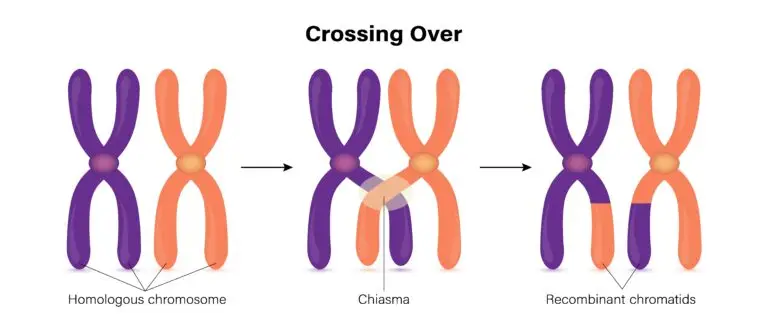Recombination

Table of Contents
What is Recombination?
Recombination refers to the process by which genetic material is exchanged between two DNA molecules or between different regions of the same DNA molecule. This phenomenon plays a crucial role in genetic diversity, evolution, and the generation of novel combinations of genetic information.
Concepts of Recombination
Crossing Over in Meiosis
One of the most well-known forms of recombination occurs during meiosis, specifically in the prophase I stage. Homologous chromosomes (chromosomes with similar genetic information but possibly different alleles) exchange segments of DNA through a process known as crossing over. This results in the exchange of genetic material and the creation of genetically diverse gametes.
Homologous Recombination
Homologous recombination is a process where DNA sequences with similar or identical nucleotide sequences exchange genetic material. This can occur between homologous chromosomes or between similar DNA sequences on the same chromosome.
Site-Specific Recombination
Site-specific recombination involves the exchange of genetic material at specific nucleotide sequences. Enzymes called recombinases catalyze this process, leading to the insertion, deletion, or rearrangement of specific DNA segments. Site-specific recombination is involved in processes like integration and excision of mobile genetic elements, such as transposons.
Genetic Recombination in Bacteria
Bacteria can undergo genetic recombination through processes like conjugation, transformation, and transduction. During conjugation, for example, bacterial cells exchange genetic material through direct cell-to-cell contact. In transformation, bacteria can take up free DNA from their environment. Transduction involves the transfer of genetic material by bacteriophages (viruses that infect bacteria).
Recombination in Viruses
Viruses can undergo recombination when co-infecting a host cell. This can result in the exchange of genetic material between different viral strains, leading to the generation of new viral variants.
Related Links
Allele
Homologous
Sexual Reproduction
Variation